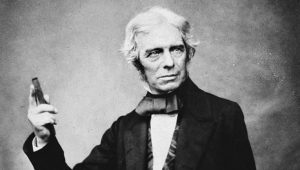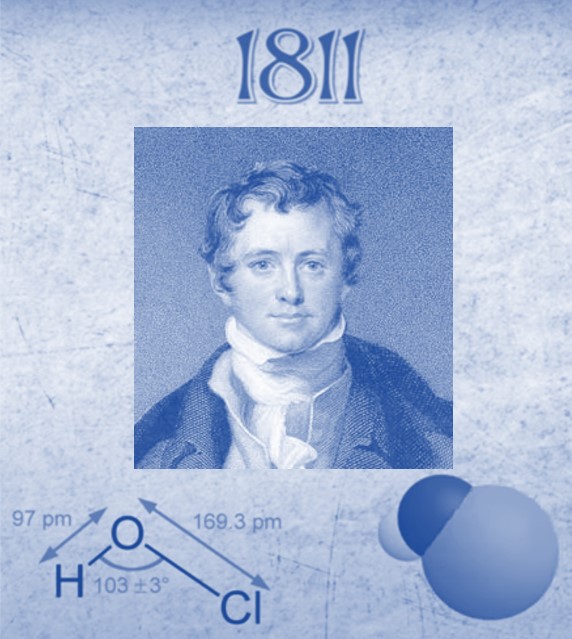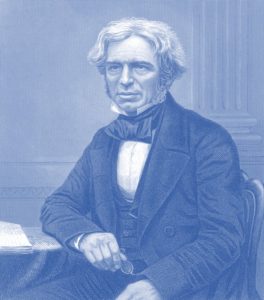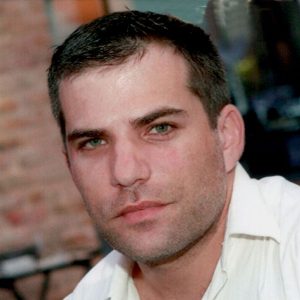“Nothing is too wonderful to be true if it be consistent with the laws of nature”

-Michael Faraday
Understanding HOCl, electrolysis, pH and ORP
about hocl

Sir Humphry Davy invented electrochemistry and discovered the elemental nature of compounds
During the oxidative burst, small, highly reactive molecules such as HOCl are generated as white blood cells respond to pathogens in the body HOCl is released by neutrophils to kill microorganisms and neutralize toxins released from pathogens and inflammatory mediators.
Because it is neutralized quickly, HOCl is nontoxic to the skin and mucus membrane
Although HOCl is natural, it’s surprisingly potent. It has broad-spectrum antimicrobial activity and can kill microorganisms rapidly HOCl is highly effective in vitro against a wide range of microorganisms, helping to fight infection, reduce inflammation, control the body’s response to injury and enhance its natural ability to heal.
Researchers also discovered that HOCl decreased the bacterial load by more than90% without significantly altering the diversity of the bacterial species In addition, products containing HOCl generally are not antibiotics and do not contribute to the ever-growing issue of antibiotic resistance.
electro-activated water
Electrolysis is a well-known technology but the generated solution can be highly variable depending on many factors such as the quality of the electrolysis cells, the chemistry of the additive, and the software settings of the electrolyzer systems.
1834 – Michael Faraday published his two laws of electrolysis, provided a mathematical explanation for them, and introduced terminology such as electrode, electrolyte, anode, cathode, anion, and cation.

ABOUT pH and orp

Acidity is a function of the concentration of hydrogen ions [H+] and is measured as pH. Environments with pH values below 7.0 are considered acidic, whereas those with pH values above 7.0 are considered basic. Extreme pH affects the structure of all macromolecules.The component most sensitive to pH in the cell is its workhorse, the protein. Moderate changes in pH modify the ionization of amino-acid functional groups and disrupt hydrogen bonding, which, in turn, promotes changes in the folding of the molecule, promoting denaturation and destroying activity.Most harmful pathogens thrive in a near nutral environment between 6-7 and are eradicated in acidic pH yet the lower the pH the higher the ORP (Oxidation Reduction Potential). ORP (measured in mV) is the dominant factor that does not enable the pathogens to develop resistance and multiply.Sterisent’s ability to control and maintain exact pH and ORP levels, has a major significance on the efficacy of its generated HOCl as a disinfectant. For decades Chlorine has been used as the preferred disinfectant yet its toxicity and odor repelled both patients and care providers. HOCl is the most potent of chlorine compounds regarding bacterial attack, has no toxic effects on humans, animals and the environment and the majority of users do not detect any odor.
Mechanism of sterisent's HOCl

HOCl interacts with the molecule group altering cell’s osmotic equilibrium. Water clusters are usually comprised of 15 molecules. Sterisnt’s propitiatory electrolytic reactor breaks down the water clusters to 3-5 units allowing them ease of penetrating a cell’s membrane. The high ORP kicks into action with a super oxidizing factor, disrupting the nucleus DNA and RNA and their capability of reproduction.
“Sterisent might not save the world
but it can help save someone you love”

Oded Kain, CEO